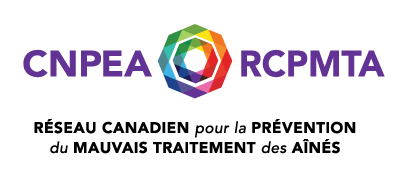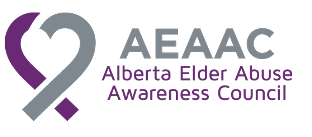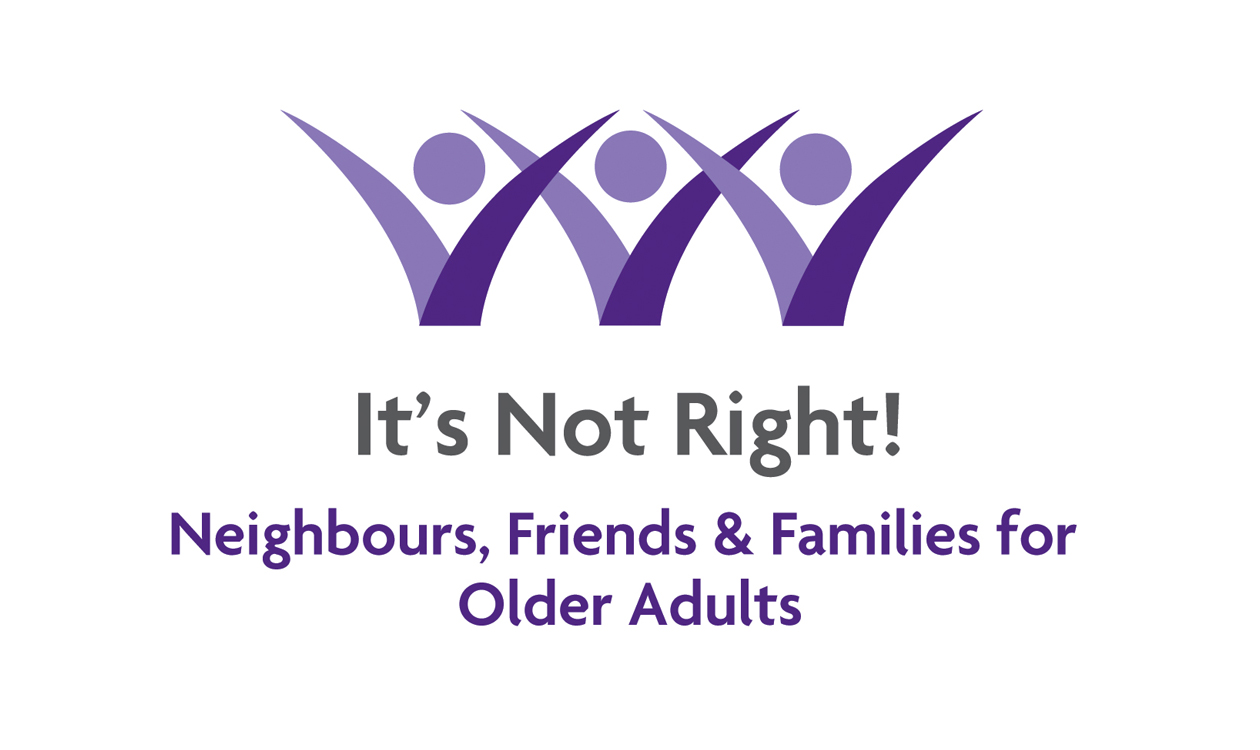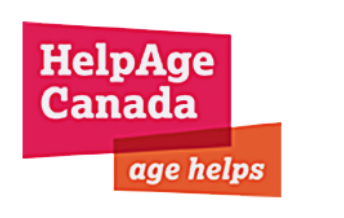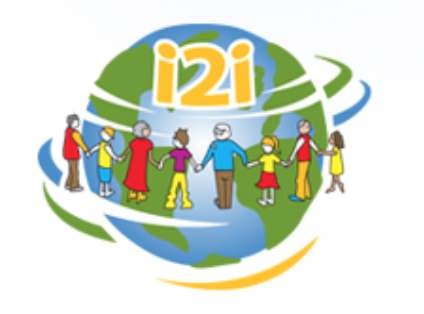The following resource is part of the Family Violence Initiative, funded by the RCMP. Find similar tools by searching for the FVIF tag or consult the list of available resources.
Journal memberships may be required to access the full documents.
"This article suggests a heuristic framework for understanding elderly women’s “lived experience” of lifelong intimate partner violence (IPV). This framework is based on the phenomenological qualitative studies of 31 women, aged 60–83, using a semistructured interview guide. From the results, a matrix emerged built on two axes. The first axis consists of three phenomenological dimensions: suffering, a “ticking clock,” and life wisdom. The second axis consists of four themes that emerged from the content analysis: loneliness, regret, being in a state of waiting,and being a living monument to perpetual victimhood. The practical implications of these phenomenological findings are then discussed."
Tova Band-Winterstein PhD
Journal Of Elder Abuse & Neglect Vol. 27, Iss. 4-5, 2015
"The purpose of this study was to examine rural community professionals' awareness, perceptions, and experience with intimate partner violence (IPV) in late life. Using standard focus group methodology, 87 community professionals were engaged in discussions about IPV in late life and their experience in providing support to victims. Responses were analyzed using an open coding process. Most professionals were not aware that IPV against older women was a problem in their communities, although were willing to offer support if asked. Support for older victims was provided within the purview of each profession. Referrals to other support services were made, although collaboration did not occur unless a health-related emergency arose in which professionals were mandated to work together. Findings provide the groundwork for further research on the education and training of community professionals on IPV in late life and the development of more integrated community-based service protocols to address this hidden, but widespread concern."
Nancy Brossoie, PhD & Karen A. Roberto PhD
Journal of elder abuse & neglect 27.0 (2015): 470–488. PMC. Web. 7 Apr. 2017.
"Intimate partner violence has long been recognized as a serious public health problem. However, relatively little is known about its occurrence in late life (age 60 or above). A better understanding of this complex phenomenon is needed, partly because of aging populations worldwide and partly because of the necessity to protect vulnerable older people from the harm a violent partner might cause. The current case study aims to illustrate the duality of experience and the dynamics of intimate partner violence of two older Chinese women. It is hoped that the women’s accounts may stimulate dialogue on how policy, research, and practice can be directed to protecting vulnerable older adults and reducing intimate partner violence in late life."
Denise Shuk Ting Cheung MPhil, Agnes Tiwari PhD & Amy Xiao Min Wang PhD
Journal Of Elder Abuse & Neglect 18 Sep 2015
"This integrated review of the empirical literature synthesizes a decade of scientific research across scholarly and professional publications addressing intimate partner violence (IPV) in late life. Deriving insights through a qualitative coding scheme and detailed analysis of 57 empirical sources, we discuss the theoretical frameworks, conceptual themes, and methodological approaches that cut across the literature. Based on these findings, we identify future research directions for improved understanding of late-life IPV as well as implications for policy development and refined community interventions."
Karen A. Roberto, Marya C. McPherson, Nancy Brossoie
First Published January 28, 2014
"Violence against older women exists in the margins between domestic violence and elder abuse, with neither field adequately capturing the experiences of older women survivors of intimate partner violence (IPV). This commentary explores this oversight, identifying how the lack of gender analysis in the elder abuse field exacerbates older survivors’ invisibility when the wider violence against women (VAW) field lacks a lifespan approach to abuse. Examining the impact of generational and aging factors on how older women experience IPV, we assert that the VAW field may be overlooking a wider population of survivors than previously thought."
Cailin Crockett MPhil, Bonnie Brandl MSW, and Firoza Chic Dabby BA
Journal Of Elder Abuse & Neglect Vol. 27, Iss. 4-5,2015
"There has been a growing recognition among a number of commentators that domestic abuse among older people has historically been largely ‘subsumed’ under the umbrella of elder abuse and that older people have been largely excluded from the discourse surrounding domestic abuse. Failure to acknowledge domestic abuse as occurring in later life, and as distinct from other forms of family violence, has in turn exerted a considerable impact in terms of the development, or a lack thereof, of appropriate services and care provision to meet the particular needs of older people who have experienced intimate partner violence (IPV). Awareness surrounding domestic abuse generally has been growing, and continues to grow in terms of visibility in both policy and practice arenas. However, it also remains unclear how current developments recognise or will explicitly address the needs of older populations. Domestic abuse in later life can be inherently complex especially where the boundaries of domestic abuse and vulnerability may be blurred. Moreover, to date there is a paucity of available literature that has attempted to explore some of the more complex aspects of domestic abuse or IPV among older populations. In this article we have primarily utilized the findings of one serious case review to illuminate both the complexities for current services and the deficit that this presents in service provision. This highlights a clear gap in current knowledge and strongly indicates a requirement for further research and development in this field of service delivery."
Julie McGarry, Christine Simpson, and Kathryn Hinsliff-Smith
Journal Of Care Services Management Vol. 6, Iss. 4,2012
"The majority of older people who experience abuse are women, and to date there have only been limited attempts to adequately consider this situation. It therefore seems appropriate to consider the links between domestic violence and elder abuse, including a clear focus on the likely role of gender within elder abuse. This will be achieved through the analysis of case material from situations the author was involved with over an 18 month period as a social work practitioner and manager. The paper aims to provide a brief overview of the status of current knowledge concerning elder abuse and neglect and to move to a consideration of factors from the field of domestic violence, including an analysis of case material. This will contribute to a greater understanding of the phenomena of elder abuse and neglect as they affect older women. It is intended that this will assist in the development of appropriate responses to protect older women who are abused or at risk of abuse and towards the eventual prevention of abuse."
Bridget Penhale MSc and CQSW
Journal Of Elder Abuse & Neglect Vol. 11, Iss. 1,1999
"Domestic violence is a significant problem that adversely affects the health and safety of millions of women throughout their life-span. Most cases of what is considered elder abuse occurs at home rather than in institutions, and the evidence suggests that only 1 in 5 cases are recognized. Frequently the perpetrator is a spouse, adult child, or other family member. Given the demographics of aging women and their longer life expectancies, clinicians are increasingly likely to see patients whose injuries or poor health status are caused or affected by abusive relationships. Improving the ability of physicians to identify domestic violence is an important skill needed for establishing comprehensive intervention and prevention efforts. In addition to conducting universal screening of all female patients, using clinical and behavioral indicators is a critical component of the intervention."
Bonnie Brandl MSW and Deborah L. Horan MSW
Women & Health Vol. 35, Iss. 2-3,2002
"Future trends suggest both a continued growth of the elderly population, as well as the likelihood of increased demand for family caregiving which may, in turn, be associated with increasing rates of elder abuse. It is important to consider issues related to such caregiving, including potential abuse from an ecological perspective which, in turn, provides a fruitful basis for framing the problem of abuse as a set of contextually-based risk factors. This paper focuses on the contextual risk factors using an applied ecological model, a useful framework for understanding the intergenerational character of elder abuse in families, for developing recommendations for empirically-based action research, and for the development of community-based prevention and intervention strategies."
Lawrence B. Schiamberg PhD and Daphna Gans MA
Journal Of Elder Abuse & Neglect Vol. 11 , Iss. 1,1999
"This exploratory study addresses whether there are similar or different risks and protective factors associated with spousal abuse among mid-age adults (persons aged 45–59) and old-age adults (persons aged 60 and over). The risk and protective factors of abuse are compared across these two age groups and situated within a life course framework. Cross-sectional data from the 1999 and 2004 General Social Surveys are merged to address the research questions. Overall, it was found that there are as many differences as there are similarities in risk/protective factors connected to individual, relationship, and community environments. The findings are discussed in terms of program development and future research."
Yongjie Yon MA, Andrew V. Wister Ph.D., Barbara Mitchell Ph.D., and Gloria Gutman PhD
Journal Of Elder Abuse & Neglect Vol. 26, Iss. 1, 2014
"Gender and social relations are important determinants of experiencing violence in older adults. The findings of this study demonstrate the importance of a gender-based approach to the study of DV in older adults."
Guedes, D.T., Alvarado, B.E., Phillips, S.P., Curcio, C.L., Zunzunegui, M.V. & Guerra, R.O. (2015).
Arch Gerontol Geriatr. 2015 May-Jun;60(3): 492-500
"Accounts in both the scientific literature and popular media have brought about increased recognition of the reality of elder abuse. However, relatively little work has examined intimate partner victimization with respect to older adults. In this study, weighted data from cycles 13 (1999) and 18 (2004) of the General Social Survey are pooled to examine how factors uniquely influence the prevalence and risk of emotional, financial, and physical abuse among adults aged 60 and over. Considerations regarding elder abuse committed by spouses, versus abuse of older adults more broadly (by their children and other adults), are also discussed."
Poole, Christopher, Rietschlin, John,
Journal of Elder Abuse & Neglect, v.24, no.2, 2012
"Intimate partner abuse among older persons, though less common than among the general population, is a significant concern. Drawing from the intimate partner abuse and elder abuse literatures, this paper presents considerations for the assessment of risk for intimate partner abuse perpetrated against older men, with reference to the prevalent gendered view of abuse between intimate partners. Potential victim and perpetrator risk factors specific to this context are discussed and existing risk assessment tools are introduced. Implications and future research directions are discussed with regard to the application of risk assessment technology to this context."
Kim A. Reeves MA, Sarah L. Desmarais MA and PhD, Tonia L. Nicholls PhD, and Kevin S. Douglas LLB and PhD
Journal Of Elder Abuse & Neglect, Vol. 19, Iss. 1-2, 2007
"This article reviews developments in the field of elder abuse and neglect since the publication of Elder Abuse and Neglect in Canada (1991). The arguments made here are twofold: first, we have no idea of the size and nature of the problem of abuse and neglect in the community or in institutions; second, we do not know how to solve these problems or their attendant issues that have been masked by rhetoric and the recycling of information for the past 20 years. It is time to move forward from the "awareness phase". What we must tackle in the future is as obvious now as 20 years ago. Our knowledge is incomplete (i.e., our glass remains half full) because we lack the type of investigations we most urgently need: prevalence studies in the community and institutions, serious theory development, and random clinical trials to test our interventions both socially and legally."
McDonald L., Ph.D.
Institute for Life Course and Aging , University of Toronto
Canadian Journal on Aging, Vol. 30, Iss. 3, 2011
"Abuse and neglect of older adults occurs in all Canadian communities and solutions require the coordinated efforts of society at large. Amelioration entails more than a legislative approach. Prevention of this growing problem is a social responsibility that requires networking and collaboration between different disciplines in all sectors of the community. This article will discuss elder abuse in Canada from a historical perspective, as well as current legislation, model programs, and research initiatives. It is intended to allow for comparison from the various countries presented in this volume. Hopefully, readers will find some models, or ideas, they may wish to explore or even replicate within their own jurisdictions."
Elizabeth Podnieks, EdD. R.N.
Journal Of Elder Abuse & Neglect Vol. 20, Iss. 2, 2008

